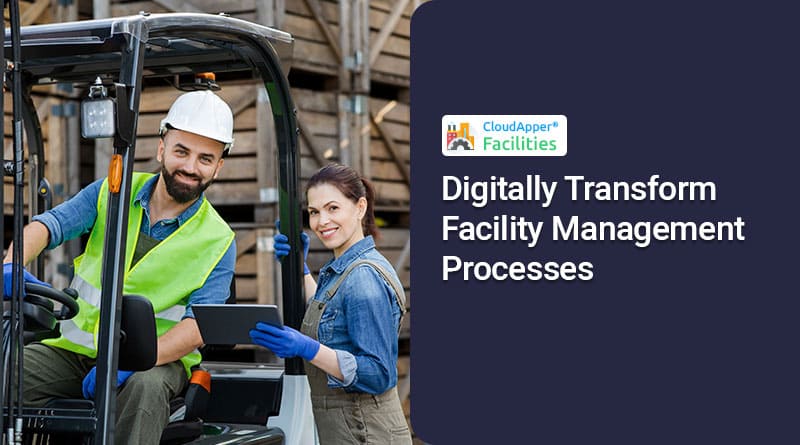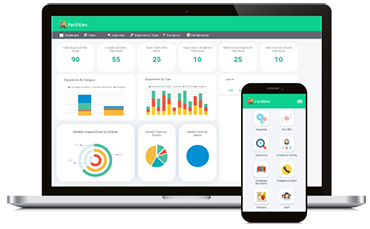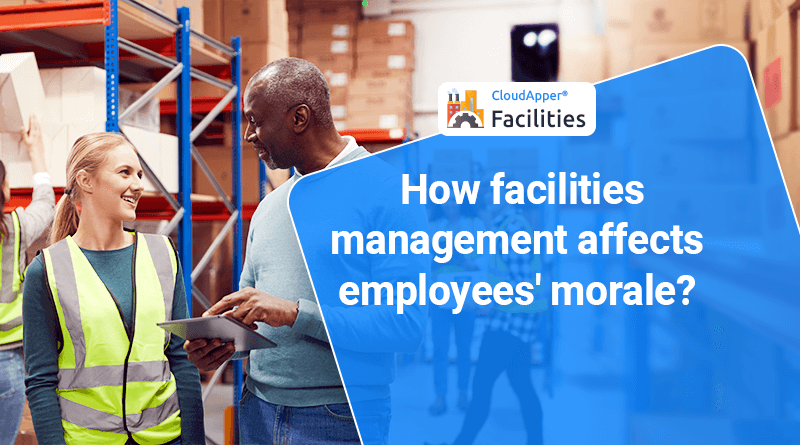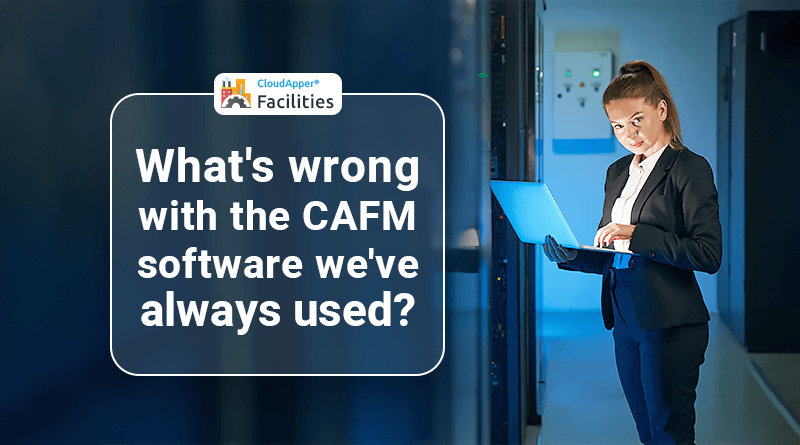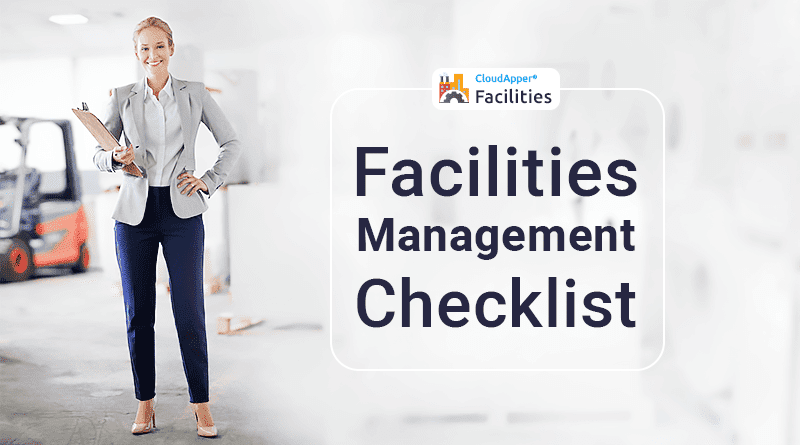Table of Contents
The increasing accessibility of computer, laptop, and mobile devices has enabled companies to digitally transform facility management processes, which was previously impossible using traditional pen-and-paper-based systems. These devices also allow facility managers to collect a more extensive dataset, which allows further data-driven choices to be made.
Utilization Based Facilities Management
Traditional maintenance processes for equipment included scheduled inspections, with all equipment being maintained frequently or cleaned regularly, irrelevant of the usage. However, it is evident that this method is not efficient for equipment used only at irregular intervals. Digital recordkeeping of usage information provides a more thorough and detailed monitoring system regarding the equipment’s use; for instance, entries from individuals who have used the equipment, how many times it was used, and for what purpose can help determine a more efficient manner of scheduling maintenance.
Tracking Asset Locations in Real-time
Digital technology is also able to help make assets’ locations trackable. Layout map technology or the use of RFID, as well as NFC tags, allow facility managers to monitor the indoor locations of crucial objects in almost real-time. Without digital tracking, the location of assets could be complicated and inaccurate as users must provide information about the equipment’s most recent location manually.
Real-time information about asset location can help with inventory management overall; for instance, for a hospital with portable ultrasound equipment, knowing the current location(s) of equipment can reduce time being wasted between the previous use and handover to the next operator.
Easier Incident Reporting
Employees can use mobile devices to report incidents easily or initiate maintenance requests. If a machine or piece of equipment should malfunction during use, mobile devices make it possible for the employee to immediately notify the individual in charge of overseeing maintenance, who can, in turn, inform the correct technician. This can result in lower equipment downtime and increased customer satisfaction. The idea of mobile-based incident reporting can also be applied to a variety of facility management procedures.
For example, considering data centers in the event of temperature increases, the administrator can report the incident, and the work order request can be re-routed to the appropriate technicians who will be able to conduct maintenance work on the HVAC system to ensure everything is operating efficiently overall.
Improving Employee Well-being
Businesses are increasingly paying more attention to the well-being of their most important assets and employees. Facility management software enables organizations to increase the health of the building’s inhabitants by monitoring and subsequently controlling the indoor environment and data to accommodate the user requirements. Instead of having constant arguments regarding the temperature of the building or the humidity, crowded areas can be designed to meet users’ needs exclusively. This permits simple adjustments in climate in accordance with the user’s preferences by regularly keeping a log of both temperature and humidity. In addition, air quality is monitored and altered to ensure the health and well-being of staff members on the premises.
Moving to Predictive Maintenance through IoT Integration
In many cases, facility management teams put off fixing the issue after it is damaged; however, this kind of reactive approach can cost a lot of money. Facility management should be proactive and nip the issue in the bud before it becomes a more significant problem.
The most sought-after feature in facility management, proactive maintenance, is only possible through the use of CMMS software by continuously collecting data about the state of the asset and monitoring them. Facility managers are hence able to analyze these data to determine the probability that an asset will fail, allowing them the opportunity to take action before failure occurs.
Practically every asset, piece of equipment, or system generates data. Monitoring these data regularly lets the user know if something is out of good working order or if it could be. As such, the issue can be dealt with early before it becomes a problem that would be a costly repair or replacement.
In all likelihood, machinery and assets are likely to deteriorate over time. But, with historical maintenance, data analysis, and predictive analysis techniques, data from the past is used to determine the time when an asset will require, for instance, a renovation or major overhaul. Facility management software allows for improved building operating systems, preventing problems and keeping the facility’s users satisfied.
Building Management
Building management isn’t an easy task. Facilities vary in size, teams are dispersed, and the assets operate independently of one another, thereby creating the potential for working in silos, preventing the management team from making more appropriate decisions, and resulting in repetitive jobs.
Making use of the data collected from these systems and assets in a centralized location is essential to ensure productive building operations. When this is done properly, the facility’s management team can turn to a digitized system that benefits the management, occupants, and owners.
What is CloudApper AI Platform?
CloudApper AI is an advanced platform that enables organizations to integrate AI into their existing enterprise systems effortlessly, without the need for technical expertise, costly development, or upgrading the underlying infrastructure. By transforming legacy systems into AI-capable solutions, CloudApper allows companies to harness the power of Generative AI quickly and efficiently. This approach has been successfully implemented with leading systems like UKG, Workday, Oracle, Paradox, Amazon AWS Bedrock and can be applied across various industries, helping businesses enhance productivity, automate processes, and gain deeper insights without the usual complexities. With CloudApper AI, you can start experiencing the transformative benefits of AI today. Learn More
